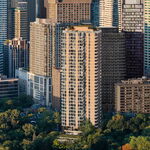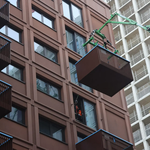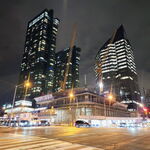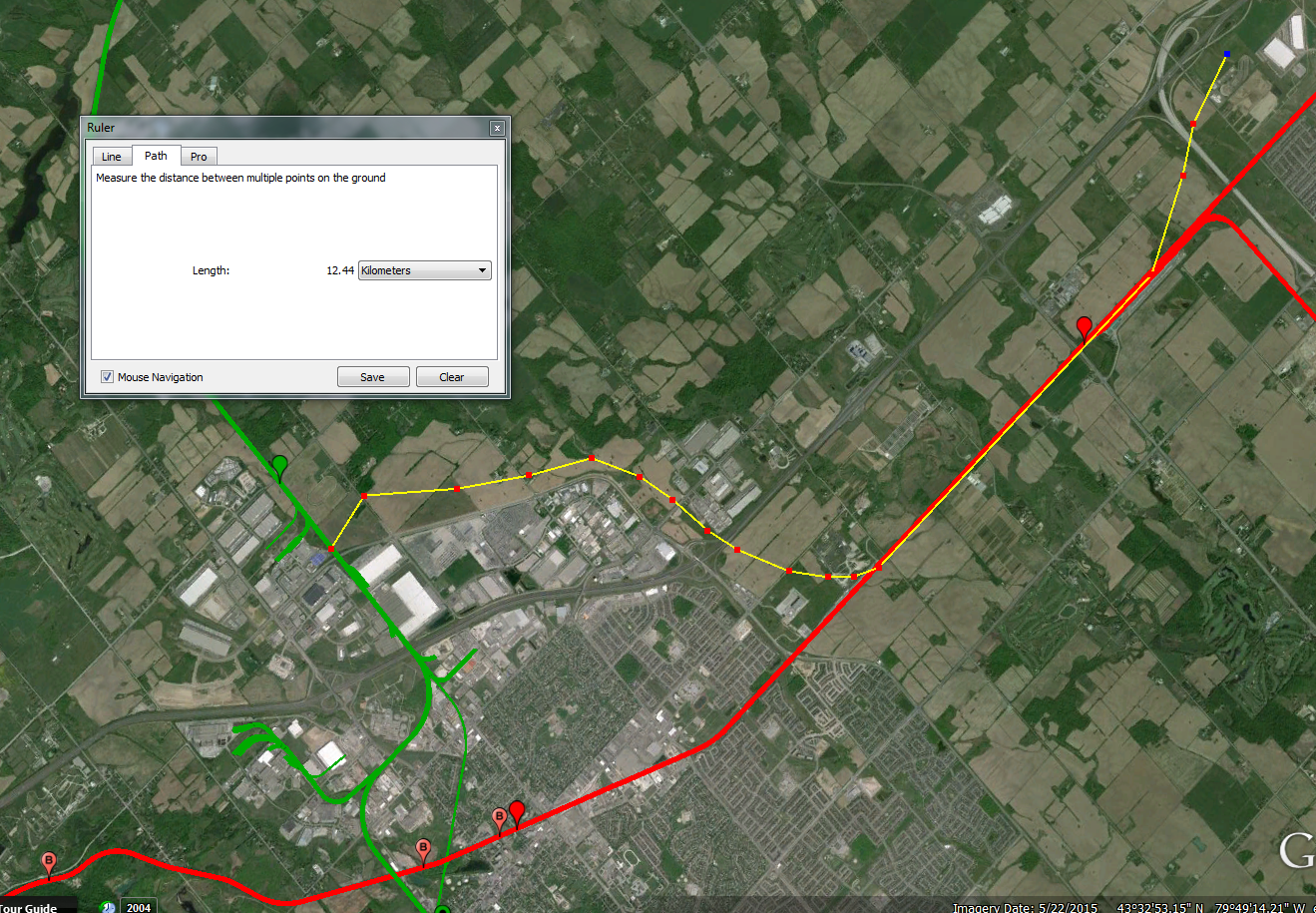Wow! This string has gone viral...many excellent posts. I was accumulating quotes to answer them, or at least to add comment, and the posts progressed to answering all the points I'd copied to quote. But I'll post them anyway, since there may be nuances where I can add other aspects. Allandale's last post I won't discuss or quote for now since it will take time to study, a lot of good work gone into it.
3) Del Duca will re-allocate funding from other Big Move projects, like the money Brampton said no to for the HMLRT. I realize that money wouldn't be enough for the bypass/Bowmanville/Niagara but it's a start.
The By-Pass, at least with the rough estimates, isn't cheap, but in the bigger picture, it saves multiples more than it costs. From the IBI report, the $5.3B (as someone later quotes directly) is compared in the same report to be equal to the costs for the K-W line alone to be made usable for all-day frequent passenger service.
3) Del Duca will re-allocate funding from other Big Move projects, like the money Brampton said no to for the HMLRT. I realize that money wouldn't be enough for the bypass/Bowmanville/Niagara but it's a start.
Again, I don't know what the estimated cost of the Brampton LRT sections is, but in the big scheme of things, the By-Pass is affordable.
Quite possible, maybe not by padding the books. The mixed freight-GO plan needed some big ticket items eg flyovers. The cost of the bypass plus the simpler enhancements to the Mount Pleasant line (much less required assuming it's freight-free) may be close to cost-neutral to what ML was budgeting pre-bypass.
Confirmed. Edit to Add: It goes without saying that large trades of 'like-for-like' of RoW ownership will occur, or shares in a consortium in lieu of. At the end of the day, the Feds might have to use the various Acts not to impose actual give and take, it's in everyone's best interest to avoid that, but they might have to impose who gets what slice of the pie in lieu of trading, and if contested, either the Court or the Commons has final say. If the Feds barter a fair trade, a Court might even refuse to hear the case. If done right, *everyone* wins on this. (which makes it even more attractive for private equity)(not to mention aspects like stations, yards, electrification itself, etc for private equity to finance)
I saw that too, and wondered if it was actually a reference to how the GO line from Bramalea might look with "HSR" added in someday. I can't imagine needing six tracks for the bypass even with CP on board. Railways in the US haul 100+ trains per day on 3-track lines. We are nowhere near that volume.
Paul answers this later, but look at it this way: The eastern Lakeshore line section handled (at one time before the CN freight By-Pass) large amounts of freight and passenger with only two, sometimes three tracks in sections. *Long before modern signalling*!
This is an excellent point. weigh the two options: expand the Kitchener corridor, or piggyback on a new freight line. Particularly given space issues in downtown Brampton as-is. The bypass is supposed to alleviate that issue, why conjure it up again?
If the 407 By-Pass comes happens, or is planned to happen in the near future, all need to increase trackage through Brampton is rendered moot. Someone might take issue with the claim on a technicality, but the 407 BP must render that corridor completely into Metrolinx' hands, which, as part of the deal, must allow temporally separated freight at night and access to freight sidings and yards where necessary.
Also, it's about time that Hydro One gets told to shove it and make some space. I do understand the desire to keep the status quo to minimize risk of electrical grid disruptions, but if there's anything that warrants some damn space it's this.
Hydro One is still Gov of Ont owned. They haven't sold it outright yet, and even if they had, the Ont Electric Act makes clear that "multi-use" of the corridor must happen where possible. Don't have the clause handy, have posted it prior, but the inference is for public utilities and transportation. It won't be a problem! If a deal starts shaping up, that land will be made available, even if it means some other trade-off. I foresee a *consortium* being likely that includes the Province, the Feds, CP and CN. VIA and Metrolinx become subsidiary to the governments' ownership, but actively engaged in overseeing operation. Once a consortium is being assembled, I'd be very surprised if the Pension Plans want a slice of it too. It might take on a life of its own, and ownership becomes a case of bonds/shares. This has a deep historical precedent to it. It worked in the past, it will work now. What's missing is strong leadership, and by that, I mean the Feds.
Pretty sure $5B is with CP in but if someone has a direct quote from the media or the Mississauga report that would be helpful.
Confirmed.
Did a quick map below to illustrate area (blue Metrolinx, fmr CN, active for RHill; pink Metrolinx, fmr CP, inactive).
Here's the report I was thinking of. It was done by IBI Group last year for Mississauga, Milton, Toronto and Cambridge. There is a chart showing the Missing Link costs with CP included, and it amounts to more than $5.3 billion. See chart below from
page 14/27 of the PDF.
That's the confirmation. And it hasn't, to my knowledge, been contested by anyone of note. Even Gormick takes it as a given.
Would CP even let CN use this corridor if they are not participating? Or, as Steve has pointed out, could this be the federal Minister of Transportation's opportunity to use the hammer in the Act? The route below is actually a shorter for CN and with fewer curves than above.
I'm amazed that the national press hasn't picked up more on how almost all, if not all, the pieces are in place to do this. The cover story on the By-Pass got a fair amount of press, where's the follow-on?
Small point: I don't think any electric xmssn pylons will need to be moved. I've read reference to this being needed, but with a *Common Carrier* three track by-pass, with state-of-the-art control, tracks can be threaded between the towers if necessary, but I don't think that will be necessary. I also think HFR can share those same tracks. It's presently done elsewhere, Acela immediately comes to mind, and that's a step above HFR. What might be a problem is clearing piggyback freights under catenary, in which case one of the three tracks can be sans catenary, or a fourth track added, and either singly or paired with another of the remaining three, be threaded more indirectly past the xmssn towers. There's lots of space, moving towers won't be needed. Is there a danger of derailment slamming the tower bases? Absolutely minimized if the tracks are trenched, and especially so if the trench is concrete walled. Freight tracks will have to maintain a shallow gradient, passenger, especially electric traction, can easily handle fly-unders and overs where necessary. That further eases the need for space between towers, and in some cases, the two catenary tracks can be located above the freight ones where needed to clear tight gaps.









